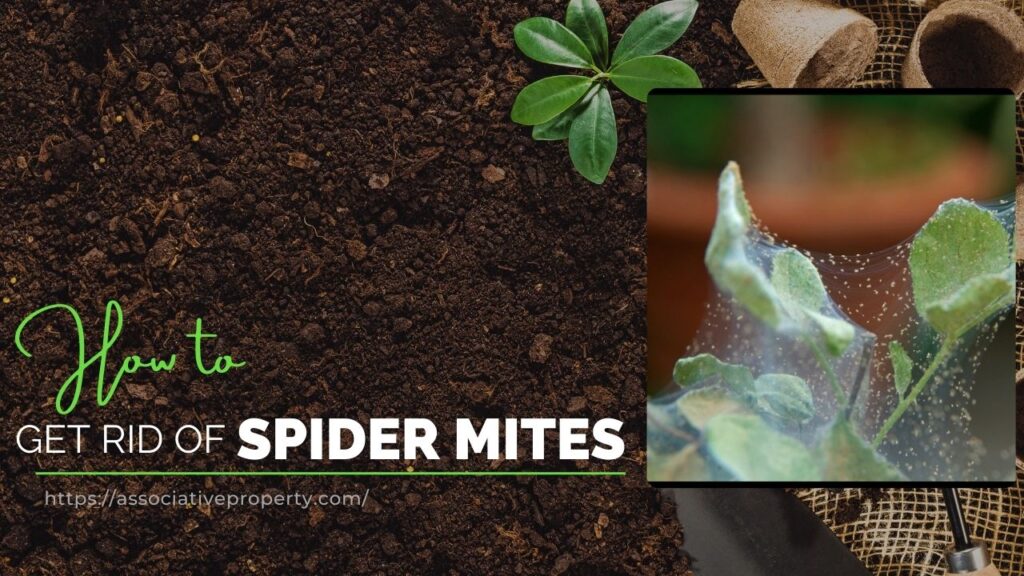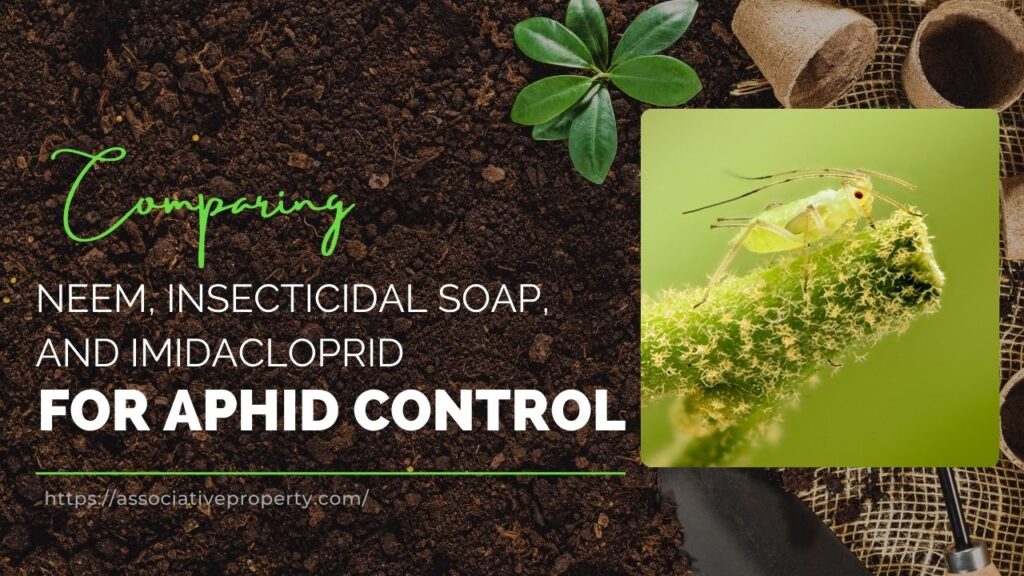For centuries, salt has been one of the simplest and most natural ways to deal with pests. I’ve found it very helpful in my own home and garden. It’s cheap, easy to find, and doesn’t involve any harsh chemicals. Salt works by drying out pests, which eventually kills them.
But while it works well, I’ve learned it’s important not to overuse salt. Too much can harm plants, damage soil, and even corrode surfaces. So I make sure to use it wisely and only where needed.
Let me share the ways I use salt to deal with different types of pests.
Pest Control With Salt – Quick Overview
Following is the summary of how I use salt for each type of pest:
| Pest | How I Used Salt |
|---|---|
| Ants | Boiling salt water poured on nests or sprayed indoors |
| Fleas | Extra-fine salt sprinkled on carpets and furniture |
| Lice | Salt and vinegar solution applied to scalp |
| Ticks | Salt layered on furniture, carpets, and vacuumed after a week |
| Lizards | Not recommended – inhumane and often illegal |
| Maggots | Heavy sprinkling of salt in garbage or warm areas |
| Termites | Salt water spray directly on infested wood |
| Raccoons | Epsom salt scattered in the yard to repel |
| Silverfish | Table salt in cracks or Epsom salt water sprayed around |
| Beetles | Epsom salt water sprayed on garden plants |
| Snails/Slugs | Salt directly sprinkled on them (inhumane) |
How I Use Salt for Different Pests
Salt Pest Control: Facts and Figures Table
| Pest | Salt Type | Amount Used | Application Area | Time to Act | Reapplication Needed? |
|---|---|---|---|---|---|
| Ants | Table salt | 2–3 tbsp + 1 cup boiling water | Ant trails, nests | Immediate to 1 day | Yes, if activity continues |
| Fleas | Extra-fine table salt | 1–2 cups per room | Carpets, upholstery | 12–48 hours | Weekly until gone |
| Lice | Table salt + vinegar | 3 tbsp salt + 5 tbsp vinegar | Scalp and hair | 3 hours per day, 3 days | No (if effective) |
| Ticks | Table salt | ½–1 cup per room | Furniture, floors, carpets | 8 hours to 7 days | Yes, after 1 week |
| Lizards | Not recommended | — | — | — | — |
| Maggots | Table salt | ½–1 cup | Trash bins, moist spots | Within hours | As needed |
| Termites | Table salt | 1 cup + 1 cup hot water (spray) | Infested wood | 1–2 days | Possibly, if nest survives |
| Raccoons | Epsom salt | ½ cup per entry point or area | Yard, near trash cans | Repels instantly | After rain or 3–4 days |
| Silverfish | Table salt / Epsom salt | 2–3 tbsp per corner/crack | Cracks, corners, wall gaps | Several days | Weekly |
| Beetles | Epsom salt | 1 cup in 5 gallons (19L) of water | Plant leaves, garden beds | 24–48 hours | Every 2 weeks |
| Snails/Slugs | Any salt | Pinch per pest | Directly on slug/snail | Within minutes | As needed |
1. Ants
For ants inside my house, I mix salt with boiling water, let it cool a bit, and then pour it into a spray bottle. I spray this on any areas where I see ants.
For ants outside, I just pour the hot salty water directly onto ant hills. This works on the ants in the nest right away. But if the colony is deep, some ants might survive. Still, it’s worth a try.
2. Fleas
Fleas can hide in carpets and furniture. I grind regular salt into a fine powder using a blender. After putting on a mask, I sprinkle it over carpets, rugs, and couches.
I gently brush the salt into the fabric and leave it for 12 hours to 2 days. Then, I vacuum everything carefully. I always remember to throw out the vacuum bag or wash the canister to avoid fleas coming back.
3. Lice
I mix 3 tablespoons of salt and 5 tablespoons of vinegar in a bowl or spray bottle. I apply it to my hair and scalp, then cover my head with a shower cap.
After a few hours, I rinse it off and use conditioner. I do this for 3 days in a row for better results.
4. Ticks
To kill tick larvae and eggs, I sprinkle:
- A thin layer on furniture and windowsills
- A medium layer on floors
- A thick layer on carpets
I let it sit for 8–10 hours on furniture and a week on carpets before vacuuming. After vacuuming, I throw away the vacuum bag or wash the canister completely.
5. Lizards
While salt can kill lizards by drying them out, I’ve learned that this method is inhumane and even illegal in many places. So I don’t use salt on lizards.
6. Maggots
When I find maggots in garbage areas or moist spots, I sprinkle a generous amount of salt there. Salt removes the moisture that maggots need to survive.
It works well in closed spaces but may not be as effective outdoors.
7. Termites
I make a solution of salt and hot water, and spray it on any wood that has termites. I’ve seen them die in one to two days after applying this.
8. Raccoons
Raccoons hate the smell of Epsom salt. I sprinkle it around my yard, especially in places where I’ve seen them. I reapply it after it rains or once the scent fades.
9. Silverfish
Table salt works to dehydrate and repel silverfish, but it takes several days. I sprinkle it where I see them hiding.
Sometimes, I mix Epsom salt with water and spray it into cracks and corners for extra effect.
10. Beetles
To protect my garden from beetles, I mix 1 cup of Epsom salt with 5 gallons of water. I use this mixture in a sprayer to treat plant leaves.
This keeps pests away and is also good for the plants.
Related:
1.How I Removed Colorado Potato Beetles Using This Simple 3-Step Process
2.How To Get Rid of Japanese Beetles in 4 Easy Steps
3.How I Got Rid of Carpenter Bees in 3 Easy Steps
11. Snails and Slugs
Salt kills snails and slugs by drying them out. I put a pinch of salt directly on them when they’re away from plants. It’s quick but very painful for the animals, and I find it hard to watch.
A better way is to collect them in a bucket and release them in a far-off field.
Salt is an amazing natural remedy when used properly. It’s helped me with many pest problems around the house and garden, all without using chemicals.
If you found this helpful, I hope you’ll keep exploring natural solutions like this. Thank you for reading. And Have a look on following FAQs!
FAQs About Using Salt for Pest Control
1. Can I use salt in my vegetable garden without harming plants?
No, be very careful. Salt can harm soil and kill plants if overused. If needed, only use diluted Epsom salt, and avoid direct contact with roots or leaves unless it’s a proven safe method.
2. What’s the difference between table salt and Epsom salt for pest control?
Table salt (sodium chloride) is effective on soft-bodied pests like slugs but harms plants and soil. Epsom salt (magnesium sulfate) is safer, provides nutrients to plants, and still works well on many pests.
3. Is salt safe for use around pets and children?
Only with care. Salt can irritate skin and is harmful if ingested. Always clean treated areas before letting pets or kids near, and avoid leaving loose salt on surfaces for long periods.
4. How often should I reapply salt for pest control?
Reapply weekly for indoor pests like fleas or silverfish. For outdoor pests, reapply after rain or every 3–4 days depending on weather and pest activity.
5. Does salt kill all pests instantly?
No. While some pests like slugs or maggots die quickly, others like fleas or lice may take longer. Multiple treatments may be needed for full results.
6. Can I mix salt with other natural ingredients for better results?
Yes, if done safely. Examples: Salt + vinegar for lice, salt + water for ants or termites, salt + baking soda for hidden pests. Never mix salt with harsh chemicals unless proven safe.
7. Will using salt ruin my vacuum cleaner?
It can. Salt may scratch internal parts or cause blockages. Always empty and clean the vacuum after use to prevent damage.
8. Can I use sea salt or rock salt instead of regular salt?
Yes, but grind it first. Large crystals are less effective unless powdered, especially when treating pests that hide in fabric or cracks.
9. Will salt help with flying insects like mosquitoes or flies?
No. Salt is not effective for flying insects. Use fly traps, mosquito nets, or essential oils like citronella for better results.
10. Is using salt a long-term solution for pest control?
Not really. Salt is best for temporary use. For long-term pest control, use sealing, cleanliness, traps, and integrated pest management alongside salt.


